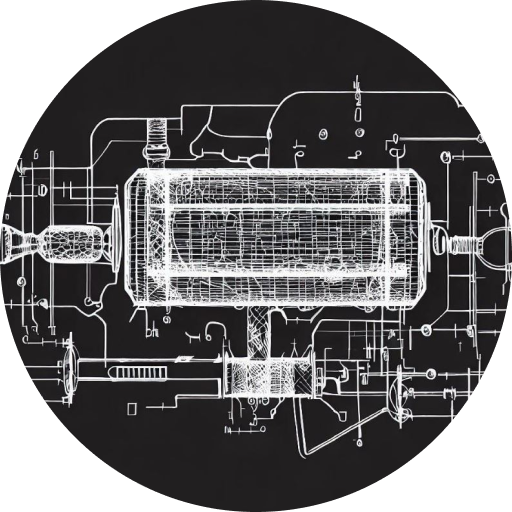Finding the Catalytic Converter: A Guide to its Location
Introduction:
When it comes to troubleshooting or replacing your catalytic converter, knowing its exact location is crucial. However, the catalytic converter’s position can vary depending on the vehicle make and model. In this guide, we will provide step-by-step instructions on how to find the catalytic converter in your vehicle. By following these steps, you’ll be able to locate the catalytic converter and perform any necessary maintenance or repairs.
To ensure the credibility of our information, we will reference the Catalytic System website (https://www.catalyticsystem.com) throughout this article. They provide valuable resources and expertise on catalytic converters and their maintenance.
Step 1: Consult Your Vehicle Manual
The first step in finding the catalytic converter in your vehicle is to consult the owner’s manual. The manual usually contains diagrams or descriptions of the exhaust system, including the location of the catalytic converter. Look for the section related to the exhaust system or emissions control to find the relevant information. If you don’t have the manual, you can often find it online on the manufacturer’s website or through third-party resources.
Step 2: Underneath the Vehicle
In most vehicles, the catalytic converter is located underneath the vehicle, along the exhaust pipe. To locate it, you will need to get under the car safely. Make sure to use jack stands or ramps to support the vehicle securely. Once underneath, inspect the exhaust system and follow the exhaust pipe from the engine towards the rear of the vehicle. The catalytic converter is usually a bulging or cylindrical component in the exhaust system.
Step 3: Between the Exhaust Manifold and Muffler
In some vehicles, the catalytic converter is positioned between the exhaust manifold and the muffler. The exhaust manifold is connected to the engine, and the muffler is located towards the rear of the vehicle. Check the area between these two components for the catalytic converter. It may be necessary to remove heat shields or other components to access it fully.
Step 4: Consult Online Resources
If you’re having trouble locating the catalytic converter or need more specific information for your vehicle, online resources can be helpful. Many automotive forums, websites, and videos provide detailed instructions and visuals on finding the catalytic converter in different vehicle models. Search for your vehicle make, model, and year along with the keywords “catalytic converter location” to find relevant resources.
Step 5: Seek Professional Assistance
If you’re unable to locate the catalytic converter or you’re unsure about performing the inspection yourself, it is recommended to seek professional assistance. A qualified mechanic or automotive technician will have the expertise and tools to identify the exact location of the catalytic converter in your vehicle. They can also provide guidance on maintenance or replacement if needed.
Conclusion
Finding the catalytic converter in your vehicle is essential for troubleshooting or performing any necessary maintenance. By consulting your vehicle manual, inspecting underneath the vehicle, checking between the exhaust manifold and muffler, and utilizing online resources, you can successfully locate the catalytic converter. Remember, if you’re unsure or need assistance, it’s always best to consult a professional.
For further reading on related topics, we recommend the following articles:
“Understanding How Catalytic Converters Fail: Common Causes” at https://www.catalyticsystem.com/understanding-how-catalytic-converters-fail-common-causes
“The Worth of a Nissan Catalytic Converter: A Market Analysis” at https://www.catalyticsystem.com/the-worth-of-a-nissan-catalytic-converter-a-market-analysis
Remember to refer to the Catalytic System website for comprehensive information on catalytic converters and their maintenance.
- Upgrade Your Honda Accord with the Best Catalytic Converter for Enhanced Performance - October 30, 2023
- Boost Your Chrysler 300’s Performance with a High-Quality Catalytic Converter - October 30, 2023
- Enhance Your Jeep Liberty Performance with a Catalytic Converter - October 30, 2023









